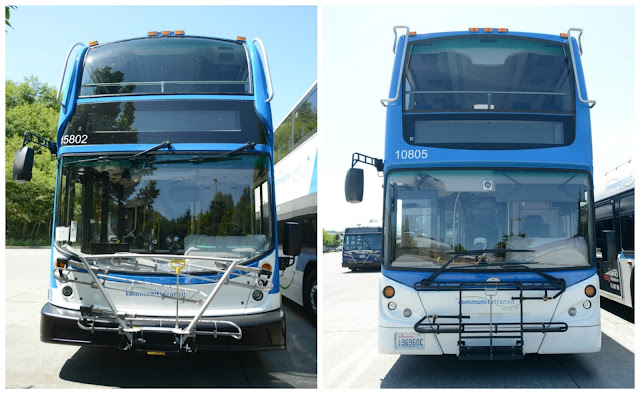 |
| Smart Commuter of the Quarter, Erin from AT&T |
- Smart Commuter Rewards is an incentive program that helps large businesses motivate employees to reduce their drive-alone trips to work.
- Curb the Congestion promotes smart transportation options to residents and employees on six of Snohomish County’s most congested corridors.
Curb the Congestion Champion of the Quarter
Valauri Stotler of Lynnwood uses bus, carpool, light rail and walking for 99% of all the trips she makes. These trips include commuting to work to the City of Seattle, walking to the store and getting to the airport. Over the past year her smart transportation choices saved over 7,900 drive alone miles, 3,870 pounds of CO2 from the air we breathe and over $1,500 in personal transportation expenses.
Smart Commuter of the Quarter
Erin, a Senior Field Asset Administrator, tracks and reports out AT&T’s network assets. She walks the talk by choosing to walk, vanpool, bike or telecommute to work for over 15 years. Erin is dedicated to a healthy lifestyle and environment, and makes smart transportation choices a priority not only for her commute from Seattle to Bothell, but also for most of her personal trips.
Employee Transportation Coordinator (ETC) of the Quarter
Dena Searcy of Comcast Lynnwood is committed to making her worksite transportation program a success. Her diligent efforts to train and educate her employees about their transportation options have made a huge impact. Dena registered 111 employees in their transportation program, far surpassing their original goal of 65. Her efforts helped to save over 7,600 pounds of CO2 pollution during in the third quarter alone.
Employer of the Quarter
Vertafore in Bothell makes smart transportation choices a priority at their workplace. By the end of the third quarter they registered over a third of their employees in RideshareOnline.com; connecting their employees to transportation resources and incentives. Their consistent efforts are making a huge impact, and during the third quarter alone they saved over 32,500 drive alone miles from our roadways.
To learn more about the Choice Connections program and to sign up to start receiving rewards for your smart transportation choices, please visit www.communitytransit/ChoiceConnections.























